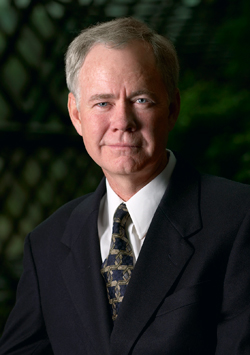
Can someone tell me what the heck is going on at Hyundai? The company is racing up the automotive rankings by leaps and bounds. And yet no outsiders can seem to put their finger on why it’s so successful.
When coupled with Kia, Hyundai packs a powerful one-two punch. Through the first half of the year, they’re ranked sixth in automotive revenue, raking in more money than Nissan, BMW and Honda.
Even more impressively, they’re ranked third in net profits, out earning Ford, BMW and Daimler. Only Volkswagen and General Motors are ahead. I don’t think the automotive world has quite caught on to how successful Hyundai has become.
Insiders at Hyundai tell me the secret to its success is what they call “Hyundai Speed.” It’s all about how fast they are able to bring new products and technology to market.
One example of what they mean by Hyundai Speed: Most auto makers freeze their new-car designs one year before Job One. Why? Because design changes lead to variability, and variability leads to quality problems.
The thinking is that it’s better to avoid quality problems, even if you come up with a better design solution. In fact, most auto makers typically delay any design changes until two years after Job One, all with the goal of boosting quality.
Not Hyundai. It doesn’t wait. It makes design changes on the fly. And yet it’s been able to maintain or even improve its quality. How does it do that? No one on the outside has a clue.
The reason why other auto makers freeze their designs a year before Job One is because that’s how Toyota does it. And since Toyota always had the best quality, everyone wanted to copy Toyota.

They learned how Toyota does it because academics such as Jim Womack, Daniel Jones and Daniel Roos, who co-wrote the pivotal book “The Machine That Changed The World,” and Jeffrey Liker, who wrote “The Toyota Way,” were able to get inside the company, study its methodologies and publish their findings.
Interestingly, one of Womack’s star researchers was a graduate student named John Krafcik, now CEO of Hyundai Motor America.
It’s high time the academics get inside Hyundai and study its methodologies. But that is unlikely.
The only reason they got inside Toyota is because of political pressure. Back in the 1980s, when “Machine” was being researched, Japan’s Ministry of International Trade and Industry and the Ministry of Foreign Affairs were so afraid of more “voluntary restraints” on Japanese exports to the U.S., and further trade tensions, that they convinced Toyota to open up.
That kind of leverage doesn’t exist with Hyundai. Indeed, both the U.S. and Europe concluded Free Trade Agreements with South Korea this year.
In the meantime, Ford nabbed one of Hyundai’s top designers, Joel Piaskowski, while GM grabbed two of its star marketers, Joel Ewanick and Chris Perry, as well as Dan Vivian, a top U.S. engineering design executive. But poaching personnel is not a solution in itself. What’s needed is a comprehensive study to crack the code on “Hyundai Speed.”
John McElroy is editorial director of Blue Sky Productions and producer of “Autoline” for WTVS-Channel 56, Detroit, and “Autoline Daily,” the online video newscast.





